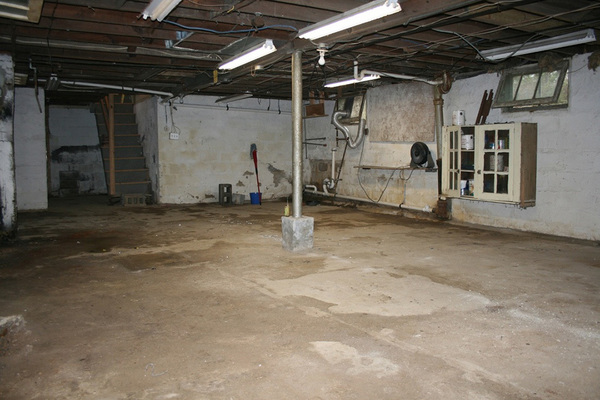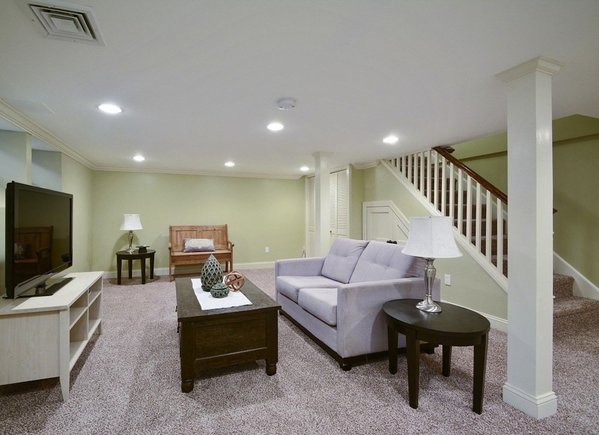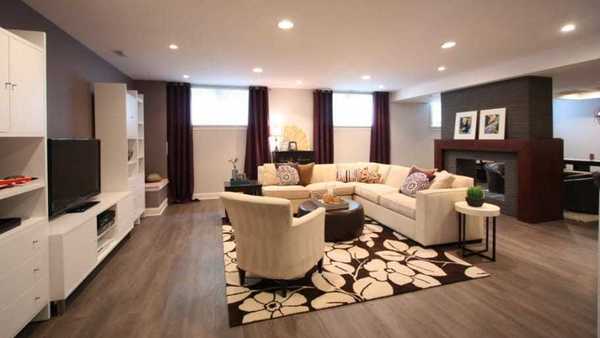Lighting a basement correctly is not very different from lighting any other room, but with small particularities. As in the rest of the house, we will choose to illuminate at different levels, depending on the activities that will take place in the space.
Think about how the basement will be used.
Spending a few minutes to define what use will be given to the basement is essential. It is not the same to use it as a living room to meet with friends, or as a study room or office.
From this small reflection we will deduce the amount of light we need and its color temperature. Then, with our needs well defined, we can get down to work and enjoy the best lighting for basements.

Take advantage of natural light
If your basement has windows or skylights, take advantage of them. This way you won’t need to keep the lights on for so long.
To create a brighter atmosphere, use light colors such as white or beige. This applies to the paint on the walls as well as the furniture.
Light the basement in levels
As we have seen in previous occasions, the best way to design a lighting system is to define it in three levels: general light, accent light and work light.
General light
Depending on the activities carried out in the basement we will need a minimum level of illuminance or another.
For the general lighting of the basement we will use luminaires that offer a wide opening angle. This is especially important if the ceiling is lower than normal, as it does not allow the light to be distributed as widely as a higher ceiling.
The trend is to use ceiling lights or downlights, as they take up very little space and are very easy to install, especially the former.

Accent lighting
More ambient or decorative than functional, this type of light is usually more focused and of lower intensity than general lighting.
If we are going to use the basement as a living room or to watch movies, it is ideal to have a dim light that does not distract us or reflect on the TV.
Work light
The clearest example of a task light is a desk lamp.
This type of lighting complements basement lighting and helps us perform tasks such as reading or drawing. Activities that require a more powerful light and that do not generate shadows on the work surface.

Advantages of LEDs in basement lighting
LED technology has many advantages over traditional lighting and we have discussed them extensively on other occasions. In basement lighting we can highlight:
- A basement has very limited ventilation possibilities. LEDs emit almost no heat, helping to maintain a more comfortable temperature, especially in summer.
- In a room where the light must always be on, the low consumption of LED luminaires prevents the electricity bill from skyrocketing.
- The forms in which LED lights are presented are very varied. You will always find an optimal solution for your needs.
In the end, with a little planning and choosing the right lighting elements, we can make the basement one of the coziest rooms in the house.


